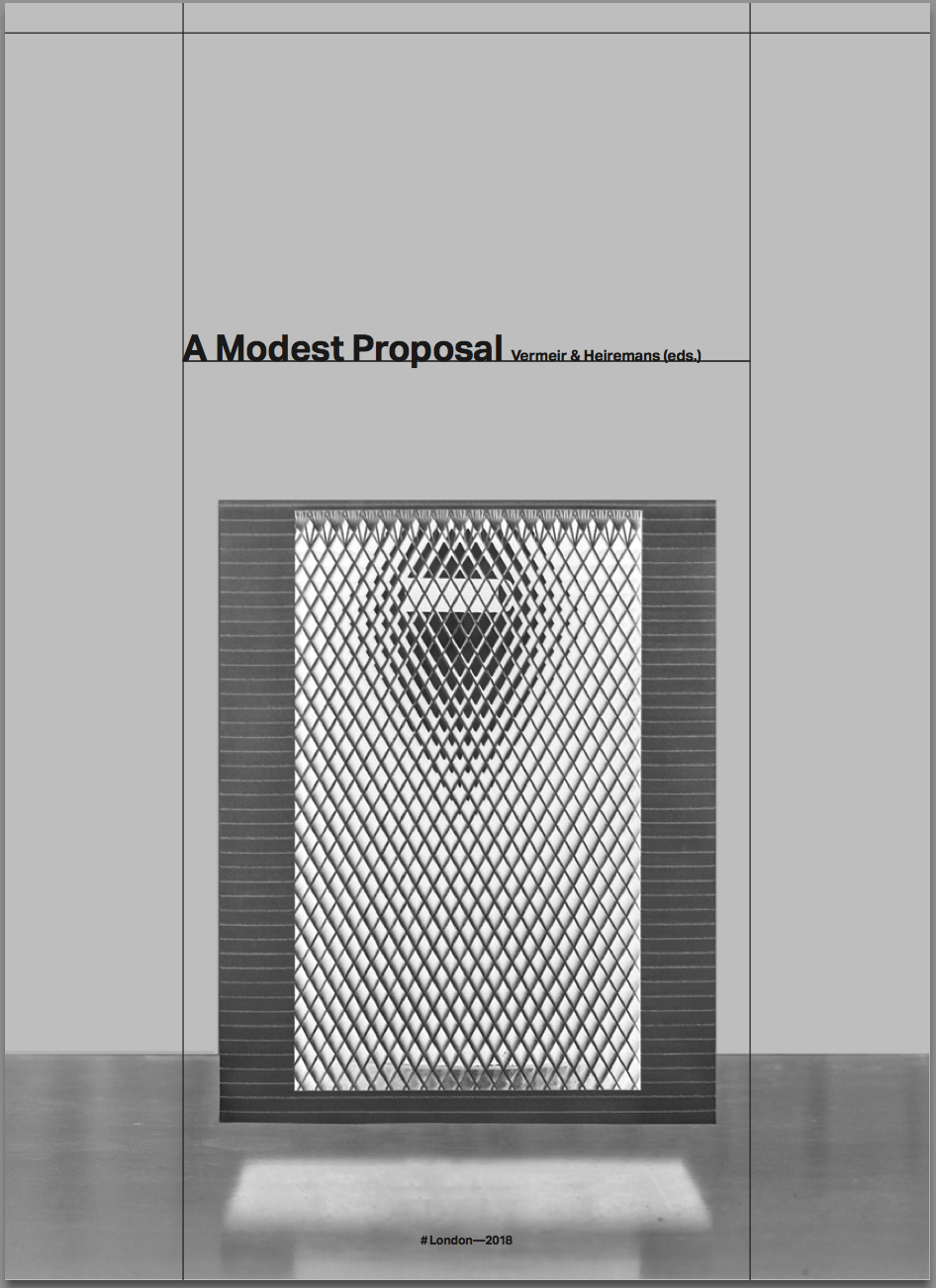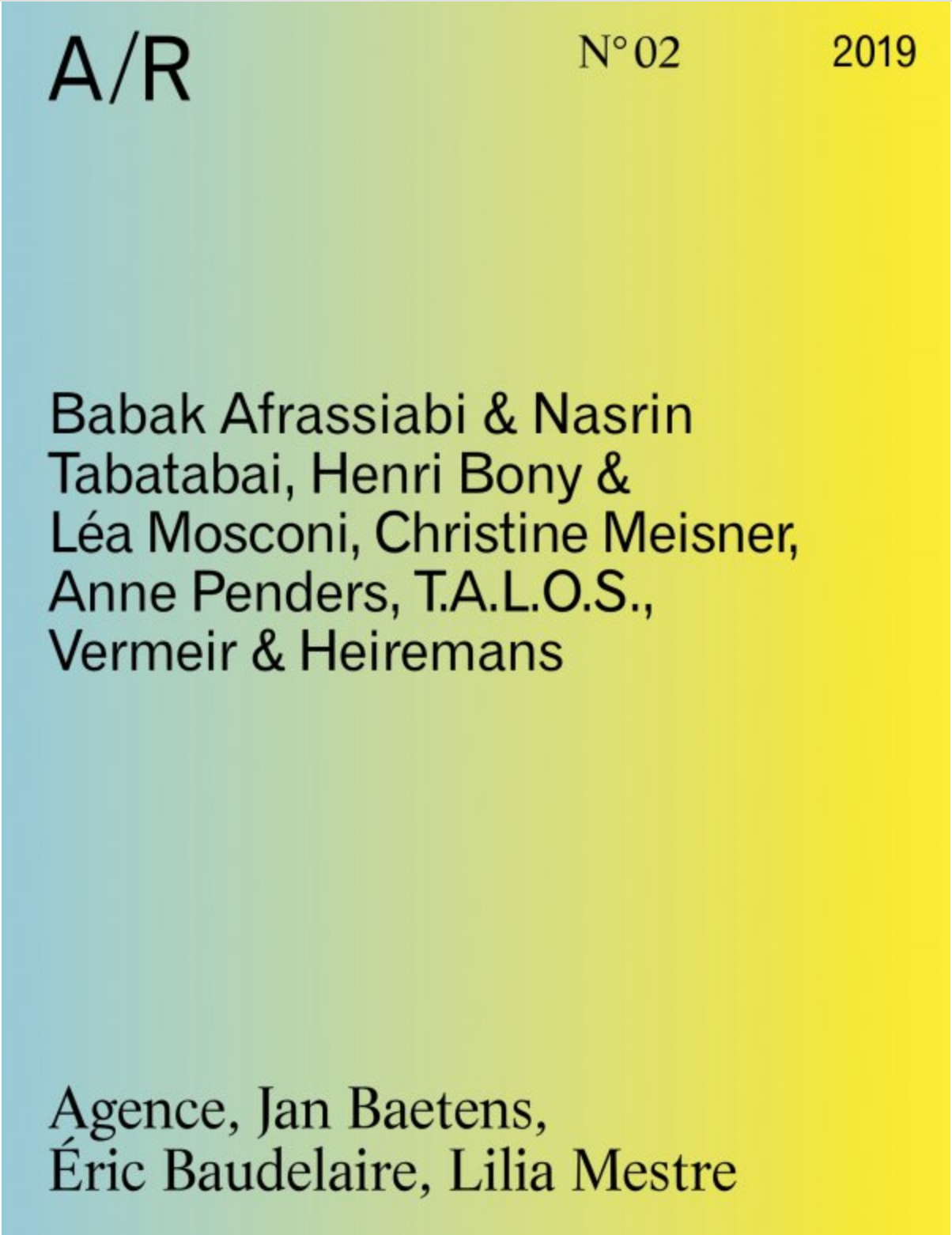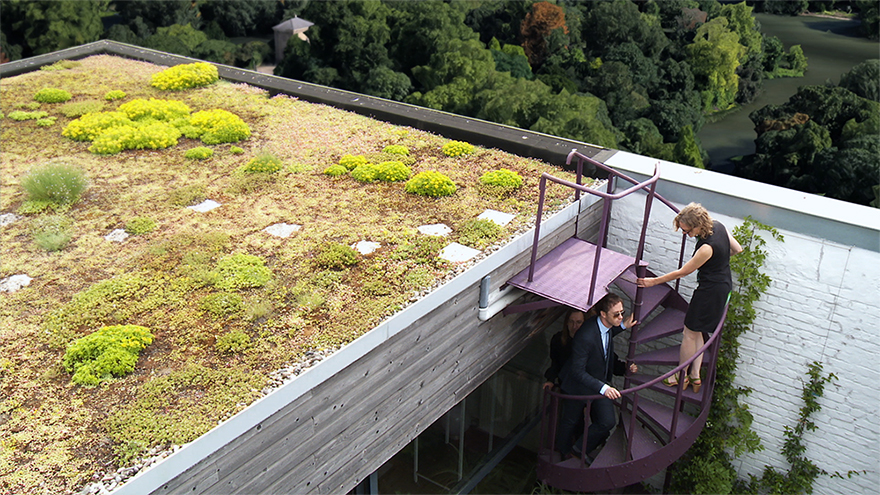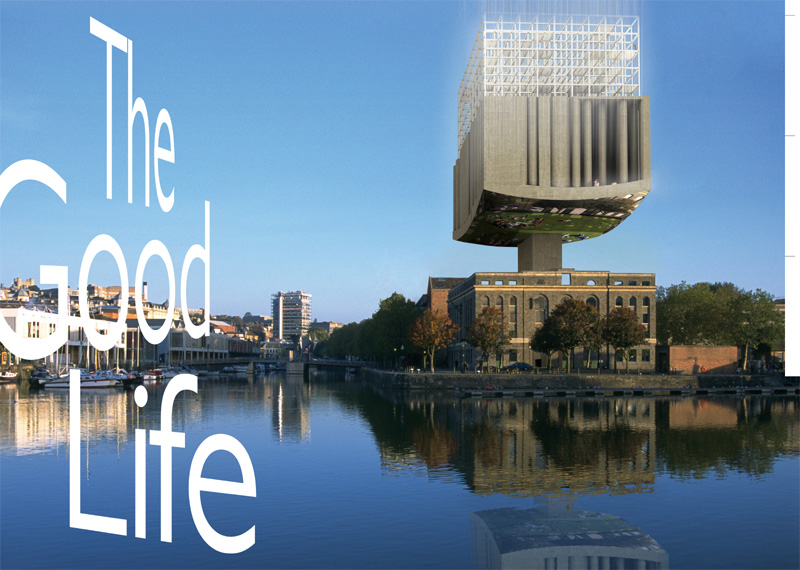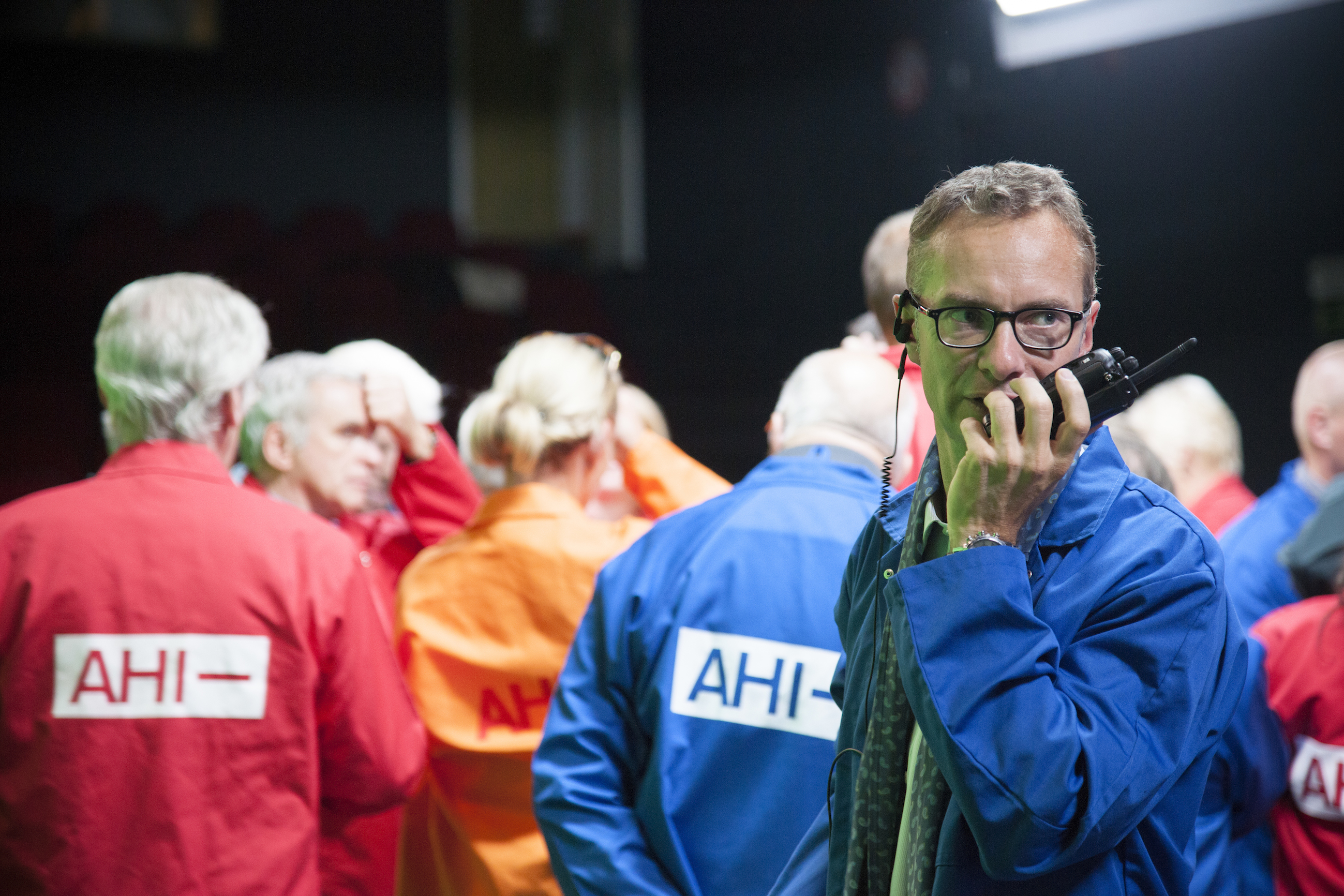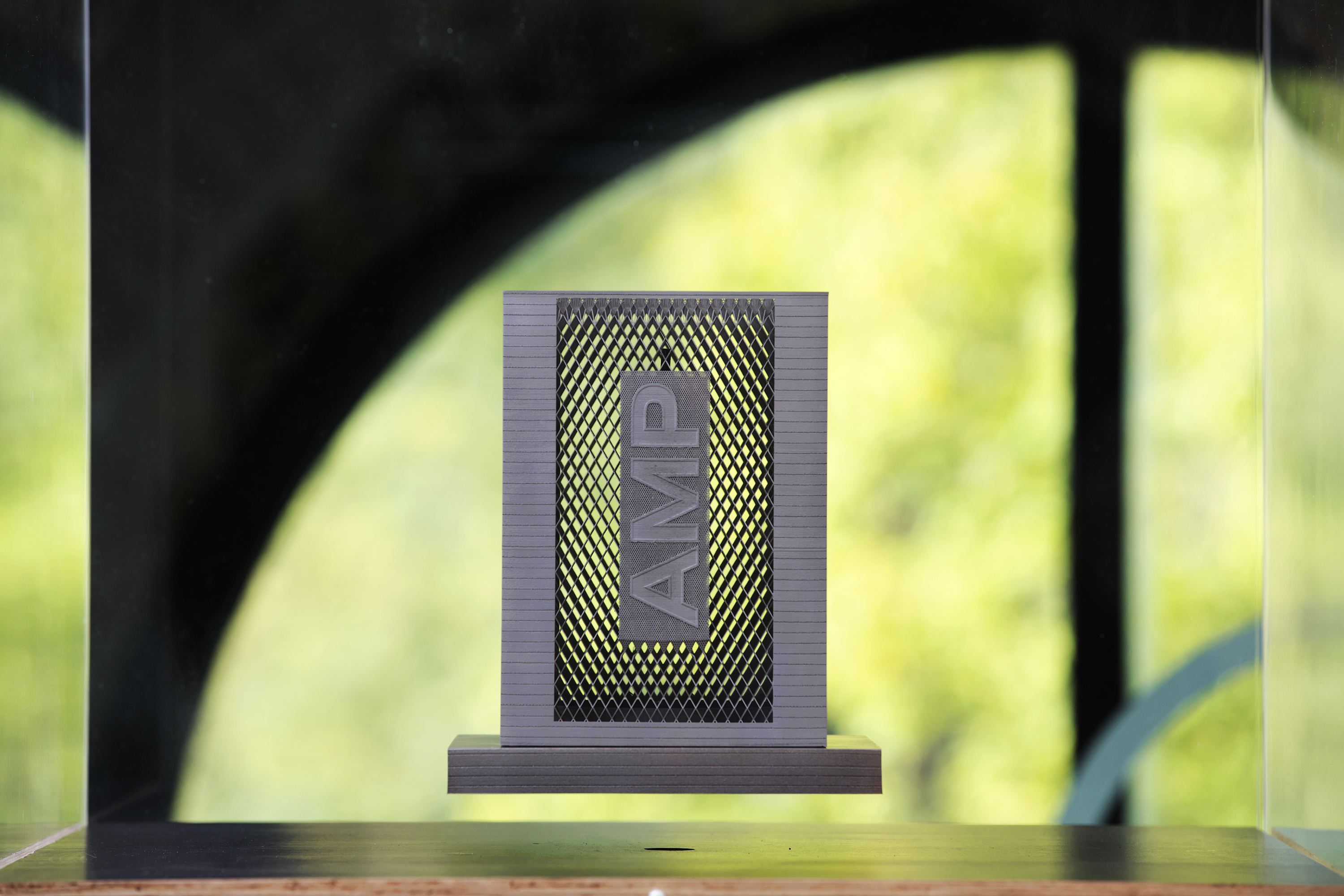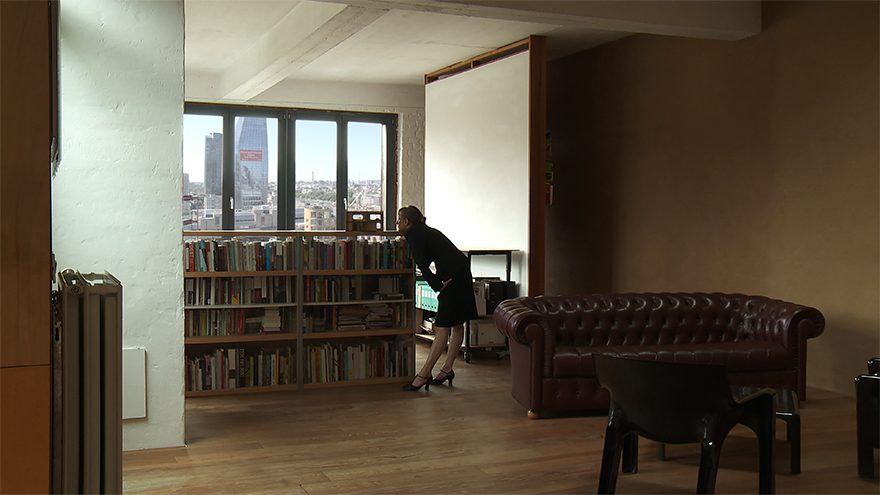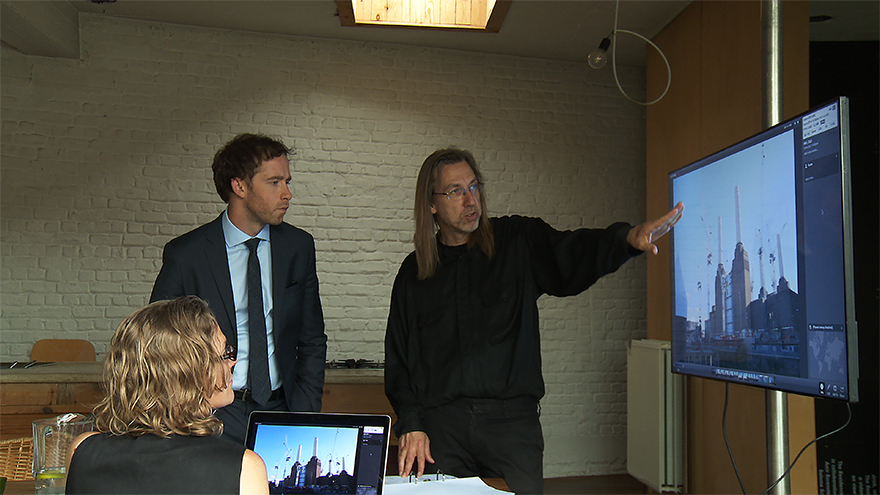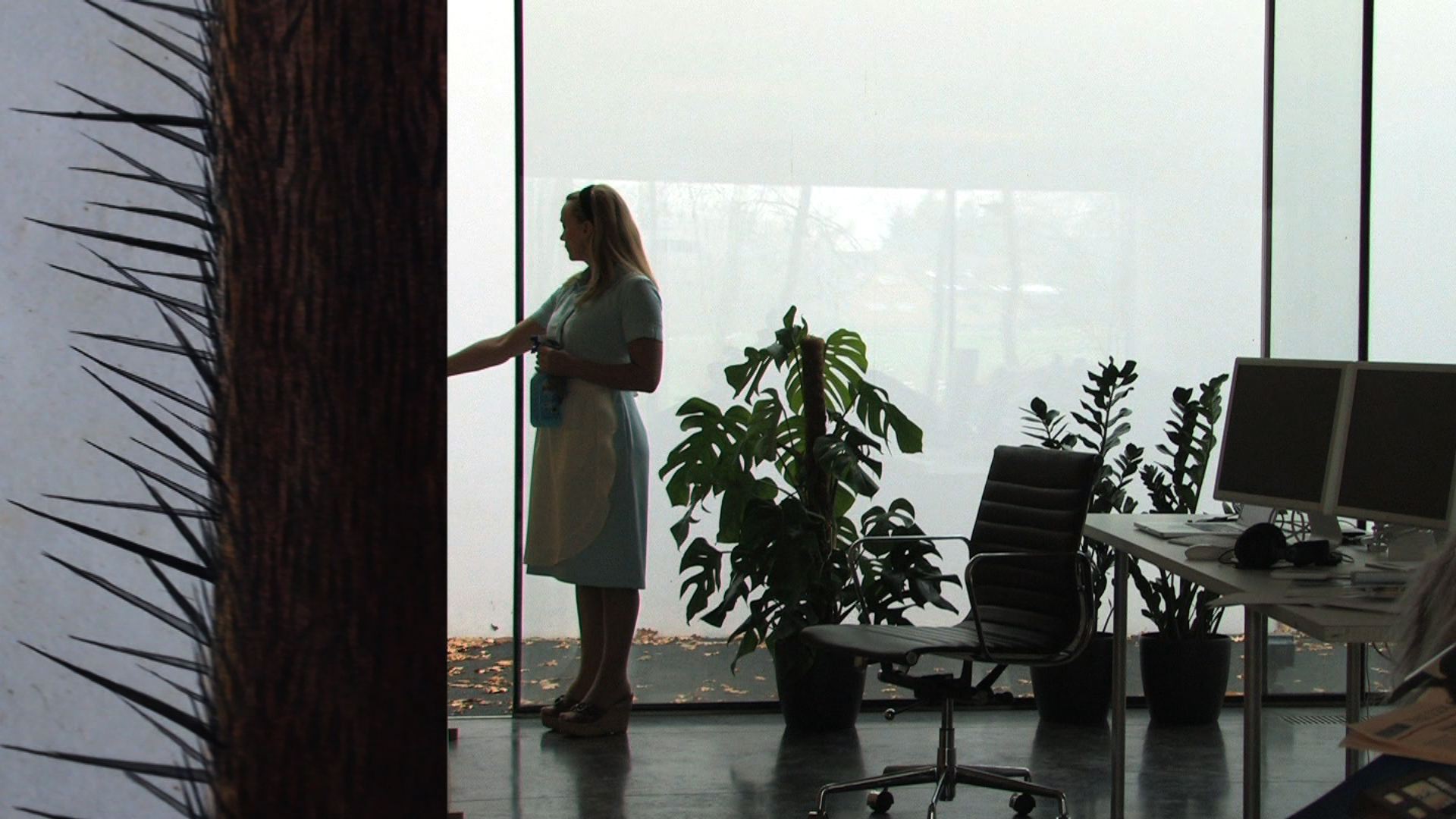News
Server: Apache/2.0.54 (Debian GNU/Linux) PHP/4.3.10-18
Content-Length: 1742
Connection: Keep-Alive
200 OK
Artist residency & VIDEO LOUNGE at CEAC, Xiamen (CN)
VIDEO LOUNGE, exhibition Vermeir & Heiremans
VIDEO LOUNGE is a platform for exchange by Belgian artists Katleen Vermeir & Ronny Heiremans. It allows both artists to present part of the research they have been doing during their residency at the Chinese European Art Center (CEAC) in Xiamen for their new video project THE RESIDENCE (working title). The research itself is a continuation of their investigation into the intricate relations between art, architecture and economy, which featured in their previous film, The Good Life (a guided tour), also on view. VIDEO LOUNGE elaborates further on this theme in two screening programs - ON VALUE and BACKSOURCING -, which the artists invited Nav Haq and Vincent Meessen to put together.
ON VIEW:
THE GOOD LIFE (a guided tour) (2009)
video by Vermeir & Heiremans
The Good Life (a guided tour) is a meditation on the inextricable relationship between institutions of contemporary art and the wider structure of the economy, harnessed today by the 'creative class'. The video takes the form of a guided tour around an unspecified contemporary institution, in a future scenario where it is selling off its building to be transformed into luxury apartments. The depicted institution-itself an uncanny 'collage' of four existing major European institutions-, is utilizing its assets, promising major regeneration to its host city. (Nav Haq, curator Arnolfini)
THE RESIDENCE (working title)
In the research for THE RESIDENCE (working title) Vermeir/Heiremans scrutinize the porous relation between art, architecture and value, and the mediatization of these hybrid geographies. Their film will focus on specific global processes, which they intend to situate in a narrative framework that takes inspiration from Goethes Faust.
During their research in Xiamen the artists organised a A video workshop with A Xiu, Boyi, Chen Libin, Dong Yehong, Guo Sai, Jia Zhixing, Mei Lin, Mi Zhenxi, Li Yi, Pan Feifei, Tian Rui , Wang Yu, Wang Hechen - students of the New Media Department of Prof. Qin Jian, Art College of Xiamen University.
The result of an intense workshop this phase of THE RESIDENCE (working title) presents itself as a video set of three narratives all generated from the same source material and edited by the students. Focusing on the identity of a group of young people (acted by the students themselves), each of the three narratives allows for different details in the story to take prominence.
The research for this project is supported by VAF & Vlaamse Gemeenschap, Belgium
ON VALUE
Screening program selected by Nav Haq, Exhibitions Curator, Arnolfini.
There are certain notions that are determined by such sliding scales that they vary radically from situation to situation. ‘Value’ is certainly one of them – an ideal that is constantly reshaped with the changing dynamics of culture, as well as economic and material conditions. Yet the possession of value is still one of the more embedded explanations for legitimizing cultural phenomena. Determining value can be a real antagonism, particularly with the creative class, the political elite and the market economy, all jostling to tell it as it is. In the arts especially, a definitive vocabulary has been assembled to determine the relative criteria of value through terms including: social use or function, meaningfulness, creativity, and economic potential. But is value always something so resolved?
This selection of video works reflects laterally as well as literally on this idea in different arenas, including art and culture. Also taking inspiration from German critic Diedrich Diederichsen’s recent essay On (Surplus) Value in Art, the program considers today’s apparent crisis of valuation.
Michael Stevenson (NZ) // Introduccion a la teoria de la Probabilidad, 2008, 25min
Michael Stevenson’s recent work considers the age-old mathematical conundrum of ‘probability’. Taking as its inspiration the highly improbable presence of the exiled Shah of Iran, Manuel Antonio Noriega and Patricia Hearst all together on the tiny South Sea island of Contadora in 1979, the work proposes alternative ways to consider narrative. Combining black and white footage of playing cards (a common motif in probability exercises) with images related to the chance presence of these three characters on this island, the work contemplates the potential in the unpredictable.
Goldin & Senneby (SE) // After Microsoft, 2006-07, 3min
The most distributed image ever, an image of a hill in Sonoma Valley, California, used by Microsoft, is being phased out. Goldin & Senneby have re-photographed the hill and added a voice-over narrative that tells the story of a January day in the late 90s when the hill came to coincide with a global branding strategy. The work reflects on the value of the image, and the rhetorical nature of representation. Normally presented as a still photographic image projection with an audio soundtrack, the separate components are under a Creative Commons license. The version presented here is a re-edit of ‘After Microsoft’ as a video work by the curator of the screening program, using the artists’ original material.
Hamra Abbas (PK) // MoMA is the Star, 2004
Based on footage outside of Berlin’s Neue National Galerie on the last day of the blockbuster exhibition ‘MoMA in Berlin: the art event of 2004’, Hamra Abbas’ work records the marvel created by one of the world’s most renowned museums. The video always presents the façade of the institution, with the extensive queues of people waiting to enter contemplating the modern masterpieces within. The exhibition traded on the brand and reputation of MoMA as the legitimizing factor for its contents, and for its declaration to be nothing other than the conclusive history of Western art. Cultural imperialism at its most spectacular.
Ed McHenry (UK) // $1,000,000 Ambition, 2006, 3min
Ed McHenry’s $1,000,000 Ambition is a short video inspired by Brian DePalma’s film Scarface. The lyrics of the song ‘Push it to the Limit’ (itself taken from the Scarface soundtrack) embodies the vision of 80s excess in capitalist America. The artist attempted to loosely calculate how much cocaine could be purchased at a street value of $1,000,000, and how long a line it would make if it was to be consumed through the nose. The dimensions of the modest set, consisting of a long strip of Perspex, washing powder, vacuum, blood and lights, were calculated based on this premise to stretch 160 metres.
Zachary Formwalt (US) // At Face Value, 2008
At Face Value is a short documentary style video by Zachary Formwalt looking at the fluctuation in value of German postage stamps during the 1930s, due to the financial crisis and the instability of inflation. Curiously, the changing retail cost of the stamps was reprinted onto existing stamps, sometimes numerous times over, in order to keep up to speed with their changing financial value. Connotations with the condition of today’s economy are easy to draw, acting as a timely illustration of the changing ‘worth’ of reliant cultural artefacts.
BACKSOURCING
Screening program selected by Vincent Meessen, artist (BE)
"We have to discuss speculation, because the ultimate test is not the probable, but the possible, that what implies a creation, and thus obliges to become capable of resisting what is probable."
Isabelle Stengers, Cosmopolitiques review nr 1, 2006 http://cosmopolitiques.phpnet.org/spip.php?article36
In the world of business, ‘outsourcing’ delegates, as we all know, tasks that are not company core business or that are not profitable to an exterior partner. Carried out under the control and piloting of the company that engages the contractor, outsourcing allows the company to be centered on its core business while operating more flexibly, by diffusing risks and reinforcing control on the contractor. Consequently marketing managers came up with the word ‘backsourcing’ to name the movement of repatriation of tasks towards the company’s own production units.
Why not re-appropriate this vocabulary wizard, why not poetize it so that it obliges us to re-engage with ourselves? Moreover, we could consider the title of this program as a ‘reclaiming’, as a call to return to ‘the law of the household’ (the original realm of the word ‘economy’). In this way ‘backsourcing’ invites us to question the artistic activity as a potential for political experimentation, acting on the autonomous capacities of each of us to re-enscribe oneself in his proper environment.
How do the artistic practices that are presented here bind empiricism and speculation? a real-fake journalistic investigation on the hidden agendas playing in the context of the creation of a new art institute (Augustijnen), a script for surveillance personnel materializing the gift of a work of art (Cummings & Lewandowska), an auction of an account of anticipation (Potential Estate), a critique of values in the form of a multi-vocal confession (Fraser & Preiss), a network for artistic tele shopping on a contemporary art fair (Jankowski), ... they all can be considered self-curative devices, as well as strategies intended to fatigue cognitive capitalism, or as bets taken on the possible productivity of these new imbroglios.
Sven Augustijnen (BE) // Une femme entreprenante, 2004, 72min
However unambiguous reality might be or seem at first sight, in the work of Sven Augustijnen it is always unraveled as a complex and troubled subject. In his video’s appearance and reality go hand in hand, balancing on a fine line between revealing and concealing. ‘Une femme entreprenante’ zooms in on WIELS a new centre for contemporary art in Brussels. We meet the figure of Sophie Le Clercq, project developer behind this cultural project. On the one hand the video can be considered a tribute to this forceful woman, on the other hand the author freely uses Mrs. Le Clercq as a catalyst for all kinds of historical and genealogical trajectories on urban development in Brussels. As if by coincidence these trajectories get more and more entangled in the jumble of art, brokerage and politics, ‘the swamp of Bruxelles’.
Neil Cummings (UK) and Marysia Lewandoska (PL) // Capital, 2001, 21min
During a fifteen-year-long collaboration their projects have consistently engaged with the cultural institutions that designate and mediate art to the public. ‘Capital’ is a series of encounters between two iconic institutions and the economies they animate: the Tate and the Bank of England. The Bank of England is the banker to the whole British financial system, and also plays a major role in structuring global monetary relations. The Bank guarantees and distributes the necessary trust, to secure the various financial markets. On the other side of the same coin, is it possible to situate the Tate as the principle institution in a parallel symbolic economy?
Potential Estate (BE/US) // The Crying of Potential Estate, 2008, 14min
A future ‘residency’ is the key issue around which Potential Estate, a temporary collective of Belgian artists, was conceived. After an exploratory mission, Belgium, a small village in Wisconsin, US – founded by their Belgian and Luxemburg ancestors – was identified as a possible ‘residential’ site.
‘The Crying of Potential Estate’ was an auction that took place on Thursday 24th January 2008 from 7 to 9pm. The story of migration was cut up into 45 lots and put up for sale. A professional auctioneer performed the auction in 4 languages. All lots were sold and with the money brought in, Potential Estate produced a video, ‘The Crying of Potential Estate’, which they are offering as a gift to the village of Belgium, WI (US).
Andrea Fraser and Jeff Preiss (US) // Orchard Document, May I Help You? 2005/6 text: 1991, 18min
‘May I Help You?’ was first performed at American Fine Arts, Co., New York, in January– February 1991 in the context of an exhibition produced in cooperation with Allan McCollum. In its original incarnation, May I Help You? paired an installation of 100 of McCollum’s Plaster Surrogates, 1982, with actors (Ledlie Borgerhoff, Kevin Duffy, and Randolph Miles) who appeared to work as gallery staff during gallery hours for the duration of the show. Their job was to perform a fifteen-minute monologue for everyone who entered the gallery to view the exhibition. Written and directed by Fraser, the monologue engages formations of taste and social class. A video, directed by Fraser with camera work by Merrill Aldigheri and performances by Borgerhoff, was also produced to docu-ment the event. The 2005 version of ‘May I Help You?’ develops on the history of the piece.
Christian Jankowski (DE) // Kunstmarkt TV – Art Market TV, 2008, 45min
Kunstmarkt TV, is basically a home shopping channel for contemporary art.
While his sexy young assistant is all sparkling eyes and grace, the presenter is busy applying his brightest smile and 'value for money' tactic to a series of contemporary art works. The show was streamed on the internet and anyone interested in purchasing the goods could call and get their hands on the artwork of their choice.
Jankowski's work betrays a fascination with visual entertainment media. He gained fame in 1999 with his contribution to the 1999 Biennale in Venice, ‘Telemistica’, in which the artist inquires with five different fortune-tellers on the Italian television about his success at the art biennial.
